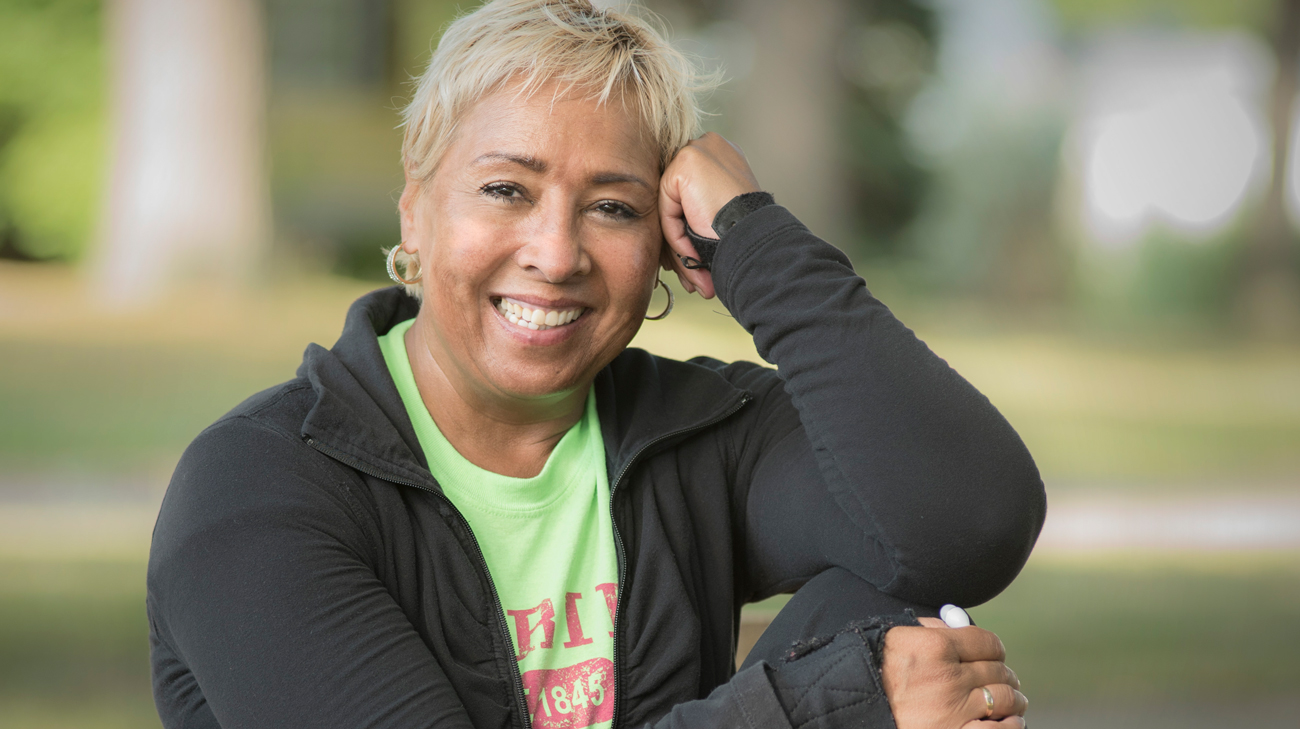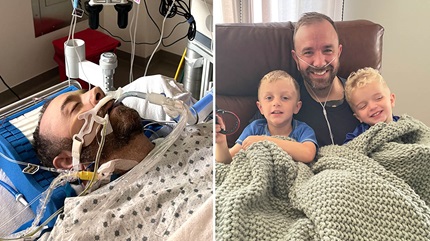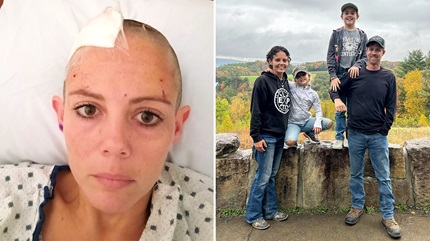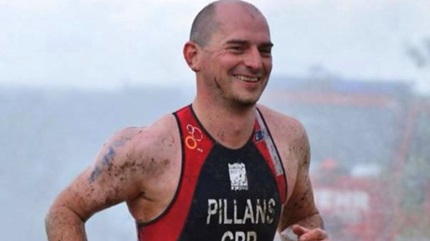
“Rosa Navarro Ammons is one of the most positive people I’ve ever met,” says Elaine Kroth, a physical therapy assistant at Cleveland Clinic Richard E. Jacobs Health Center in Avon.
“She has so many issues she could complain about. But she doesn’t.” Ms. Kroth should know, having spent hours with Mrs. Navarro Ammons in the aquatic therapy pool at Richard E. Jacobs Health Center. She was helping her recover from knee surgery for a torn meniscus suffered in a car accident.
Prior to the accident, I was at a happy point in life,” says Mrs. Navarro Ammons. “My chronic health problems were in remission, and I was feeling and functioning well, powerwalking 6 miles a day. The accident threw everything into a tailspin.”
As caregiver for an adult son with cerebral palsy, Mrs. Navarro Ammons must be able to function at 100 percent. To recover from the accident, Mrs. Navarro Ammons tried traditional land-based physical therapy. But, after a few months, sharp pain and a grinding sensation in her knee forced her to stop.
Her therapist referred her to Cleveland Clinic orthopaedic surgeon Victor Nemeth, MD, who immediately diagnosed a meniscus tear and performed surgery to repair the damage to her knee. He also recommended aquatic therapy.
“I could do 100 squats in the pool because it felt like there was no pressure on my joints. On land, it hurt to do even one squat.”
“In the early stages of aquatic therapy, the buoyancy of the water provides an assist, helping to decrease pain, and improve balance or postural deficits,” says Ms. Kroth. “As patients progress and are able to move faster, the buoyancy provides resistance, helping build strength and endurance.”
Mrs. Navarro Ammons says the water therapy allowed her to exercise with very little pain. “I could do 100 squats in the pool because it felt like there was no pressure on my joints,” she explains. “On land, it hurt to do even one squat.”
In addition to exercise, patients can walk on treadmills or stairs installed in the pools, which are monitored by underwater cameras.
“Patients can watch how they are walking on a video monitor, and therapists can point out things they need to correct in their gait or posture,” says Ms. Kroth.
Richard E. Jacobs Health Center has a coolwater pool to help patients recover from orthopaedic or sports injuries, and a warmwater pool typically used for patients with arthritic conditions. Patients also may have therapy in deep water, wearing a float belt, which helps release pressure from their joints, and gives them an opportunity to do scissoring and bicycling motions.
“The water is so soothing and gentle on your joints,” says Mrs. Navarro Ammons. “Every time I got in the pool, I felt like I was on a cloud.”
Related Institutes: Orthopaedic & Rheumatologic InstitutePatient Stories
Tattoo Artist and Dad of Three Thankful for Life After Double-Lung Transplant
Apr 12, 2024
Woman With Young-Onset Parkinson’s Finds Relief After Deep Brain Stimulation
Apr 11, 2024
Triathlete shares remarkable recovery after quick treatment for lung cancer
Apr 10, 2024
“I am really impressed with Jeremy and Cleveland Clinic London,” says Andy. “I would recommend Cleveland Clinic London to anyone. If my cancer comes back, this is where I’ll come.”


